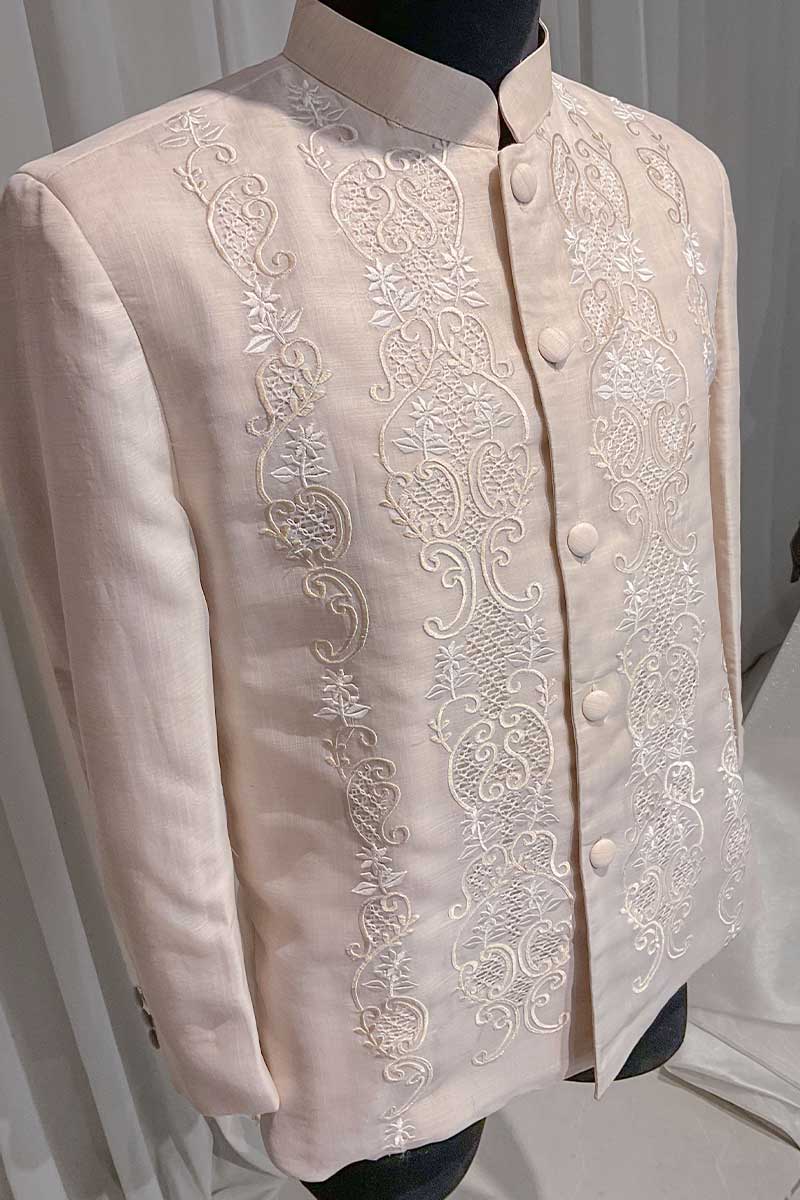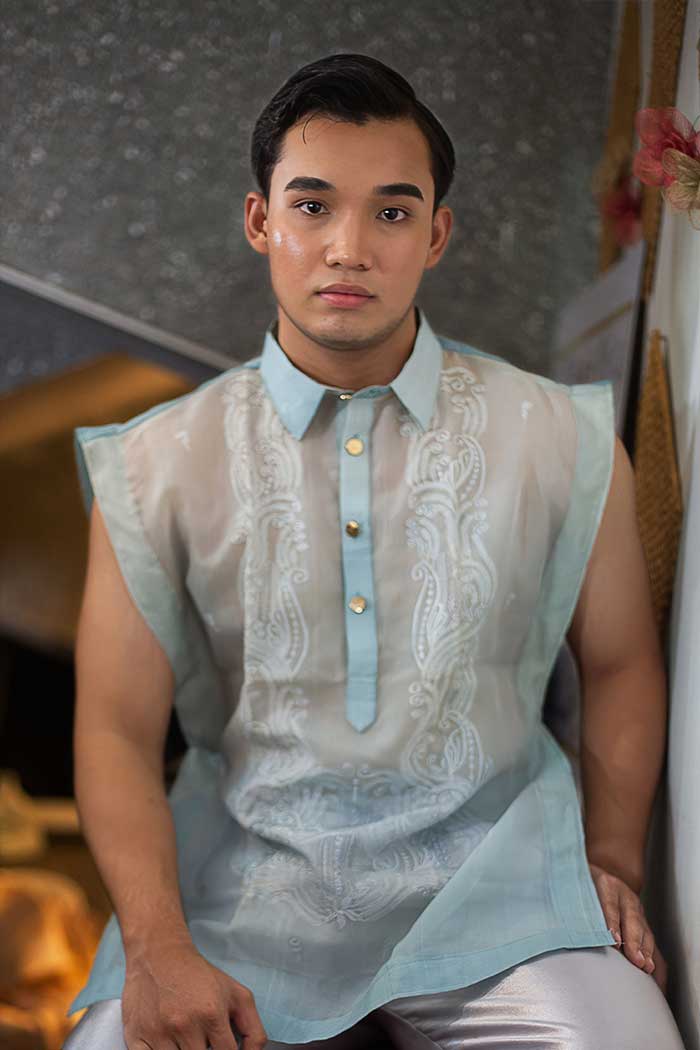How to Choose the Right Barong: Styles and Fabrics Guide
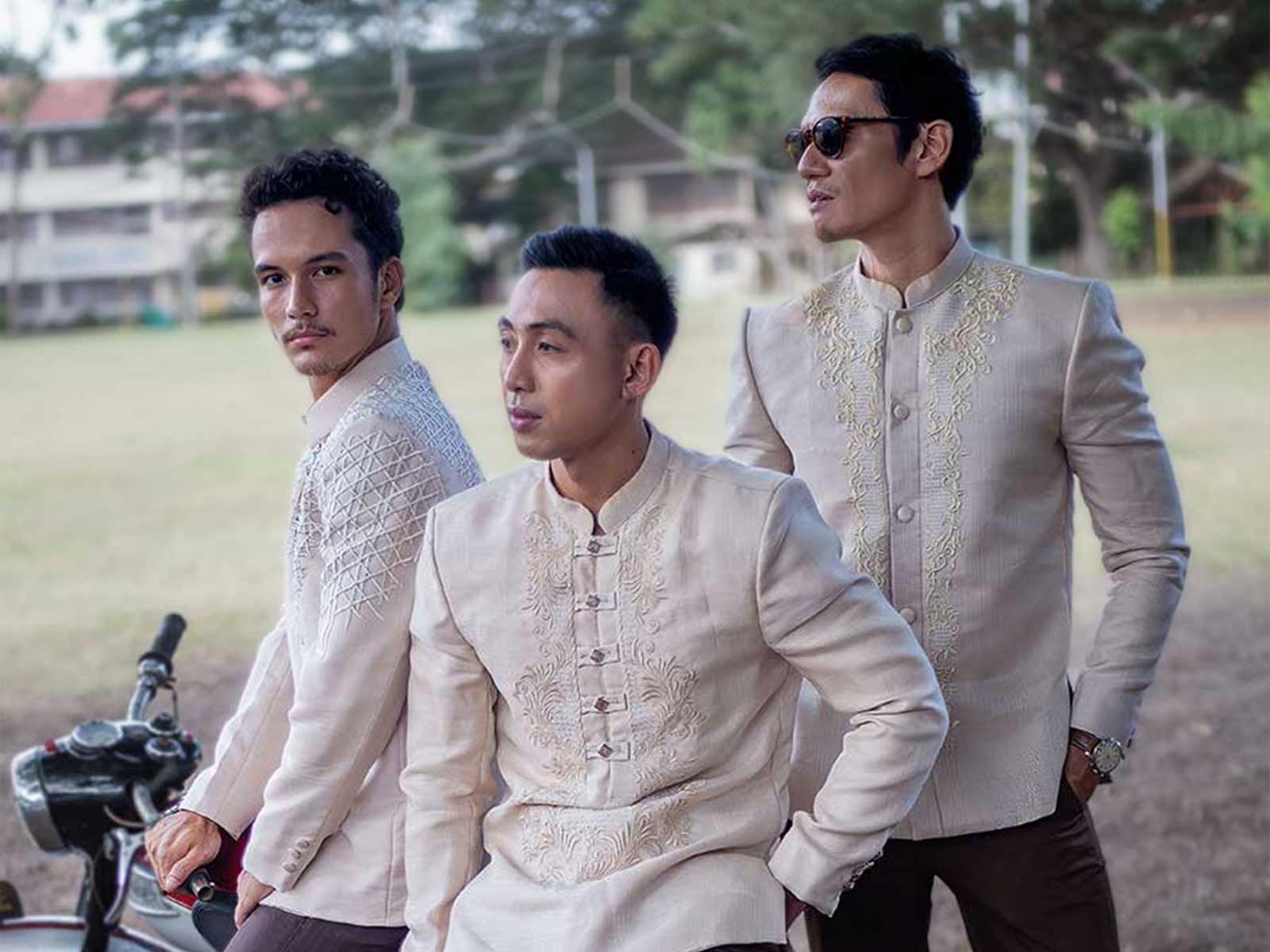
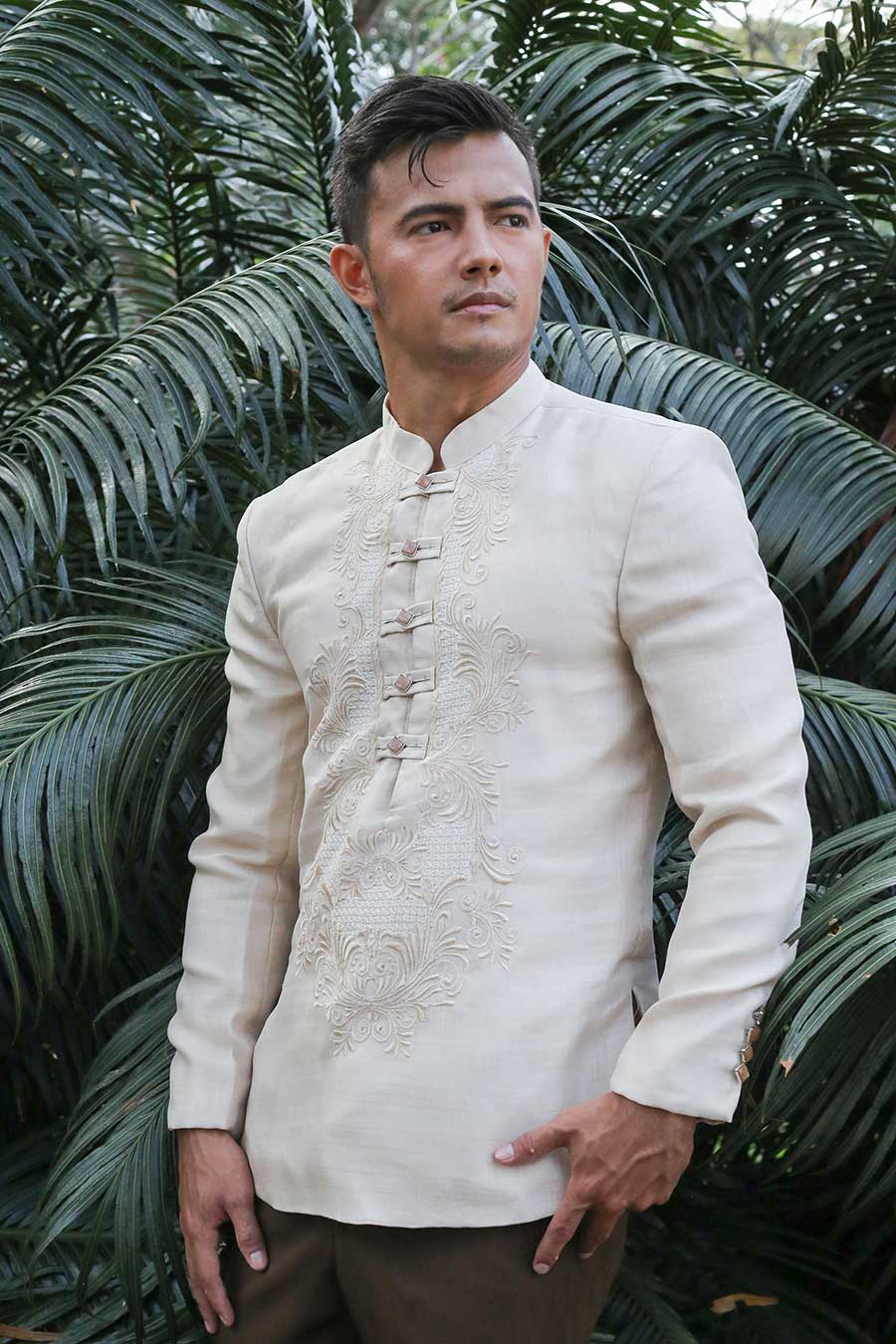
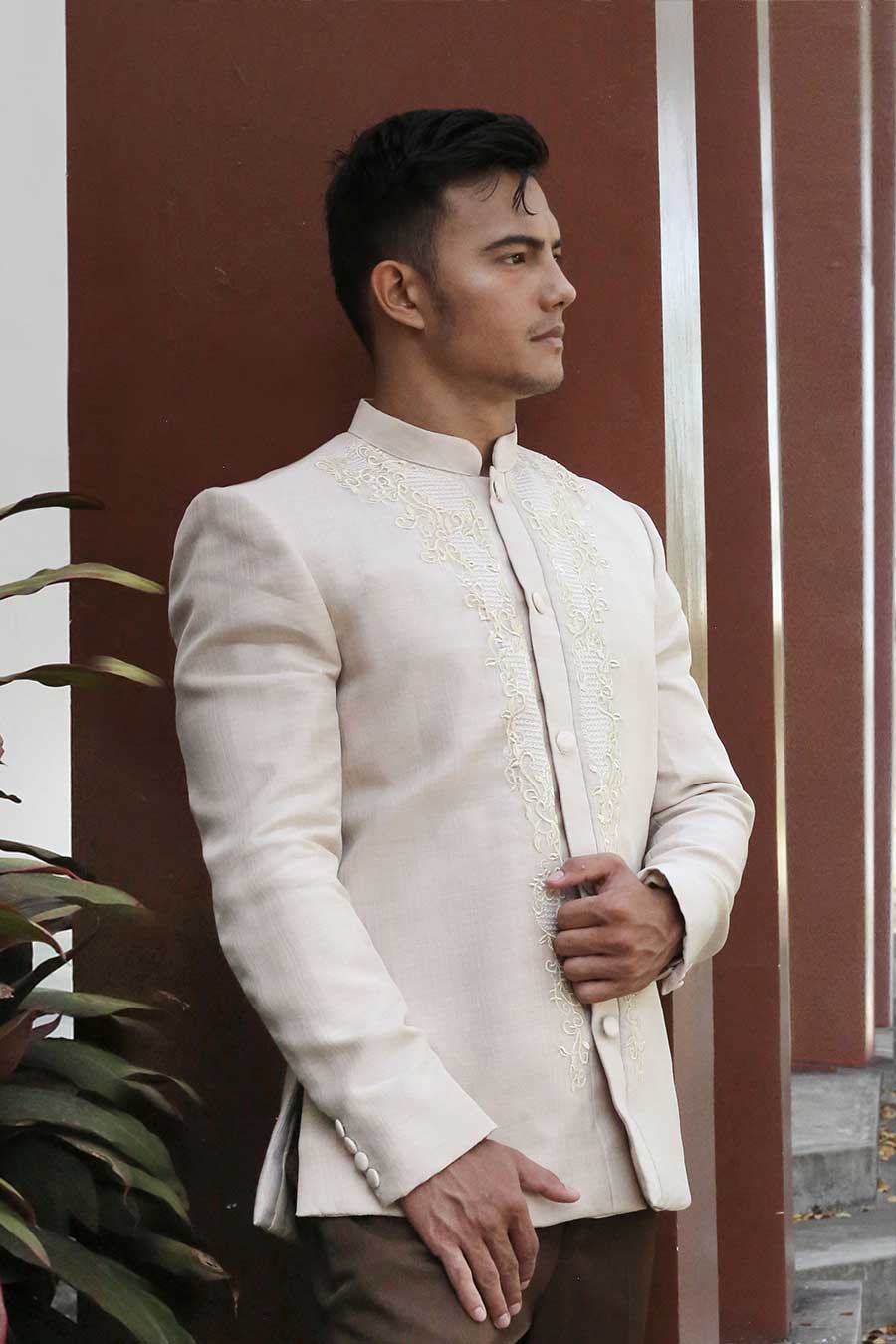
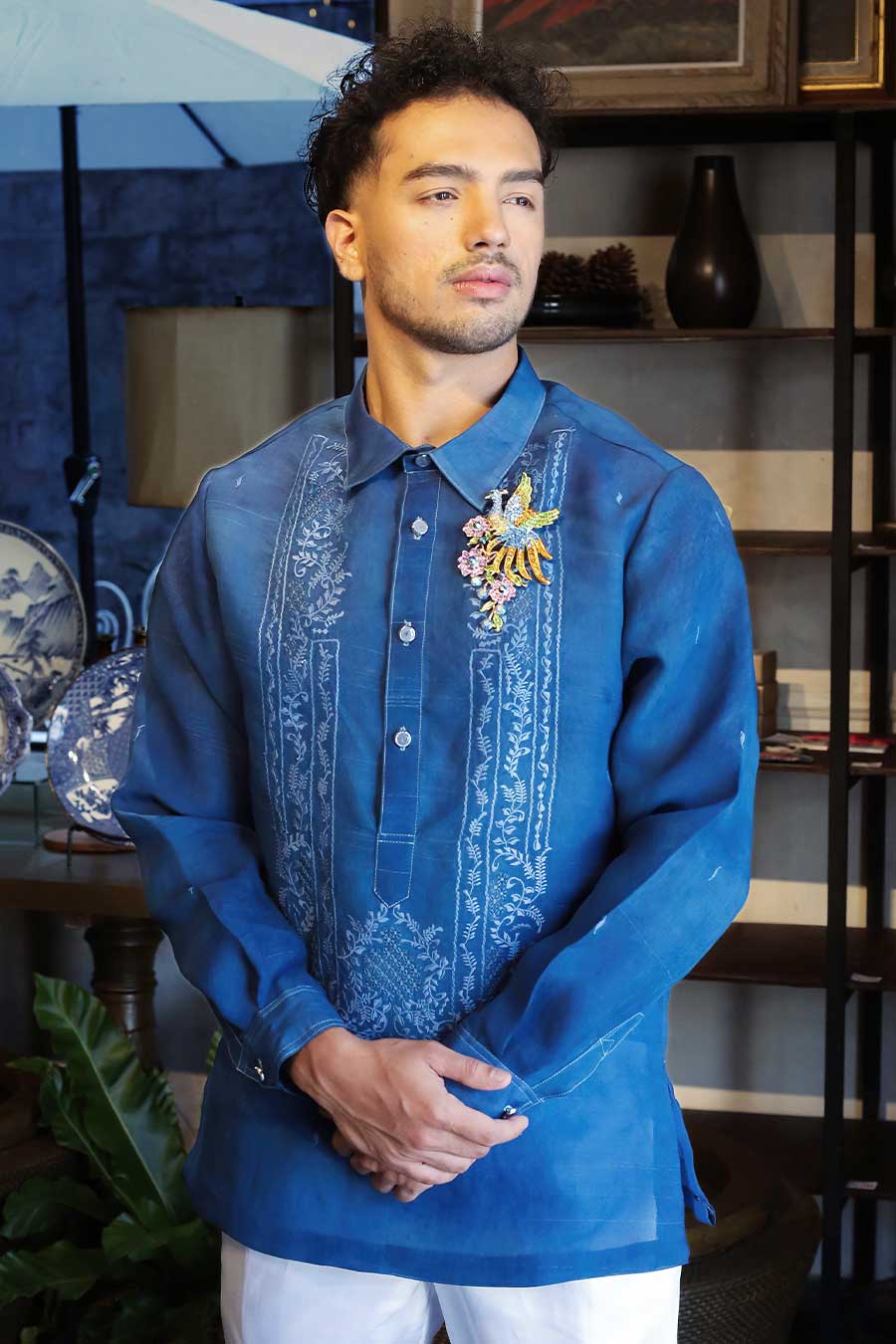
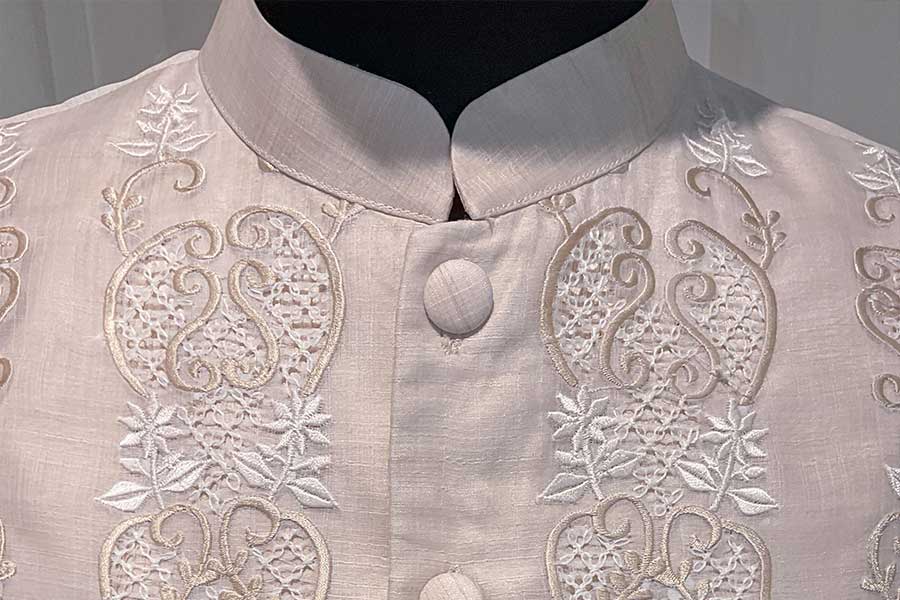
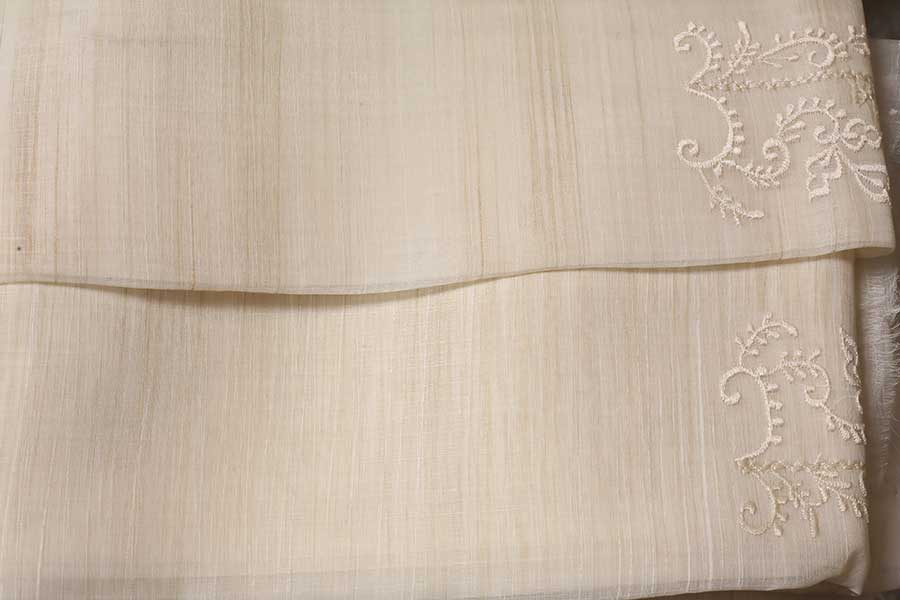
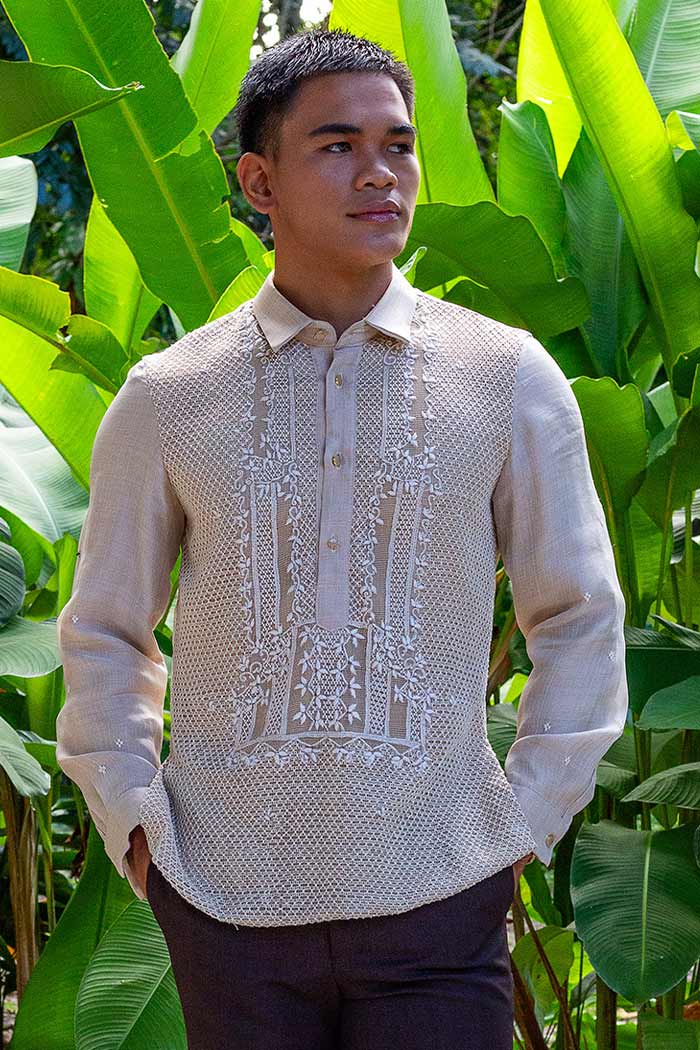
Piña Cocoon
- Material: Silk (we use versions with real piña fibers)
- Appearance: Matte, warm tone, slightly stiff
- Touch: Structured, firm
- Durability: Holds its shape well
- Cost: Most affordable
- Availability: Widely available without piña; rarer with piña (our version)
- Production at Josip Tumapa: Handwoven with piña blend; embroidery is hand or mixed
- Best For: Weddings, national events, budget-conscious orders
- Client Popularity: Chosen for price-to-performance balance
Piña Cocoon Silk
- Material: High-quality silk + piña fibers (included in our production)
- Appearance: Smooth, subtle silk sheen
- Touch: Soft, smooth to the touch
- Durability: Comfortable and resilient
- Cost: Mid-range
- Availability: Less common; our version includes real piña
- Production at Josip Tumapa: Handwoven with piña blend; embroidery is hand or machine
- Best For: Premium barongs with soft feel and elegant look
- Client Popularity: Extremely popular due to comfort and elegance
Pure Piña
- Material: 100% pineapple leaf fiber
- Appearance: Sheer, luminous, ultra-light
- Touch: Very airy, delicate, and fragile
- Durability: Fragile — must be handled with care
- Cost: Highest
- Availability: Rare — handmade by few master weavers
- Production at Josip Tumapa: Fully handwoven; embroidery 100% by hand
- Best For: Traditional weddings, collector’s pieces, high-end commissions
- Client Popularity: Rarely ordered — usually for cultural or special-occasion wear
